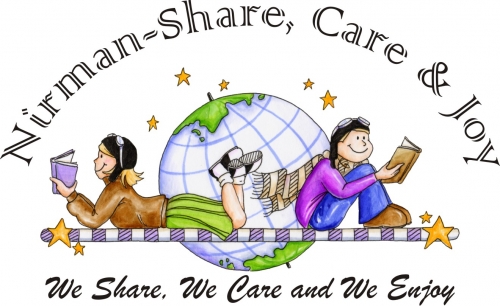Class IX: Social Science: SA-I: Practice Paper
1 Who was the author of the book "The Spirit of the Laws"? (1)
2 Which is the largest river of the Peninsular Plateau? (1)
3 What do the lofty peaks represent about the age of the Himalayas? (1)
4 What is the degree of longitude of westernmost tip of India lying in Gujarat? (1)
5 Which party ruled Poland in 1980? (1)
6 When was the military coup by Pervez Musharraf held? (1)
7 Mention any two principles to which the white minority agreed to compromise for co- existence in South Africa. (1)
8 Farmer‟s plough is an example of which factor of production? (1)
9 Briefly describe the role of French philosophers in creating awareness among the people to fight for their rights? (3)
10(a) Explain Karl Marx‟s theory of Socialism. (3)
OR
10(b) Describe the suffering of Jews caused by Holocaust.
11(a) Illustrate the main events which lead to the February Revolution in Petrograd. (3)
OR
11(b) Describe briefly the early phase of Hitler‟s life.
12 Describe any three important features of the Godavari Basin. (3)
13 What was the need for selecting the standard meridian of India? Explain. (3)
14 Why is the Northern plain of India more productive agriculturally? Give three reasons. (3)
15 Why are large number of meanders found in the Northern plains of India? (3)
16 How was Poland ruled by the communist government? Give 3 features. (3)
17 "The preamble of Indian constitution provides a Philosophy and Values of constitution." Explain any three values that you derive from it. (3)
18 "Democracy leads to better decisions in comparison to non-democratic form of government‟. Give three reasons. (3)
19 How is investment in human capital similar to investment in physical capital? Mention three similarities. (3)
20 Mention any three steps taken by government to improve literacy rate in India. (3)
21 Examine the changes brought about in the life of women by the revolutionary government. (5)
22(a) New developments could be seen under Stalin in Russia in the villages. Describe these developments. (5)
OR
22(b) Which event led to Great Economic Depression ? How did it affect the German economy? Explain.
23 Name two coastal strips of the Peninsular plateau of India. Describe two characteristics of each. (5)
24 What is meant by the Apartheid ? How did the people of South Africa struggle against it? (5)
25 "Is Democracy the best form of governance‟? Support your answer with suitable arguments. (5)
26 What is the main production activity in Palampur? Explain any four non – farm activities done in this village. (5)
27 Define non farm activities. Describe any two non-farm activities practised in Palampur. (5)
28 Explain any five effects of unemployment in India. (5)
29 Three items A, B and C are shown in the given outline map of France. Identify these items with the help of following information and write their correct names on the lines marked on the map. (3)
(A) Prison storm place
(B) Epicenter of main panic movement in eastern France
(C) Epicenter of main panic movement in western France

30 On the given political outline map of India, locate and label the following with appropriate symbols. (3)
(X) Standard Meridian of India
(Y) Bomdila Pass
(Z) Chilika Lake
_0_o.jpg)
-----x-----X-----x-----



